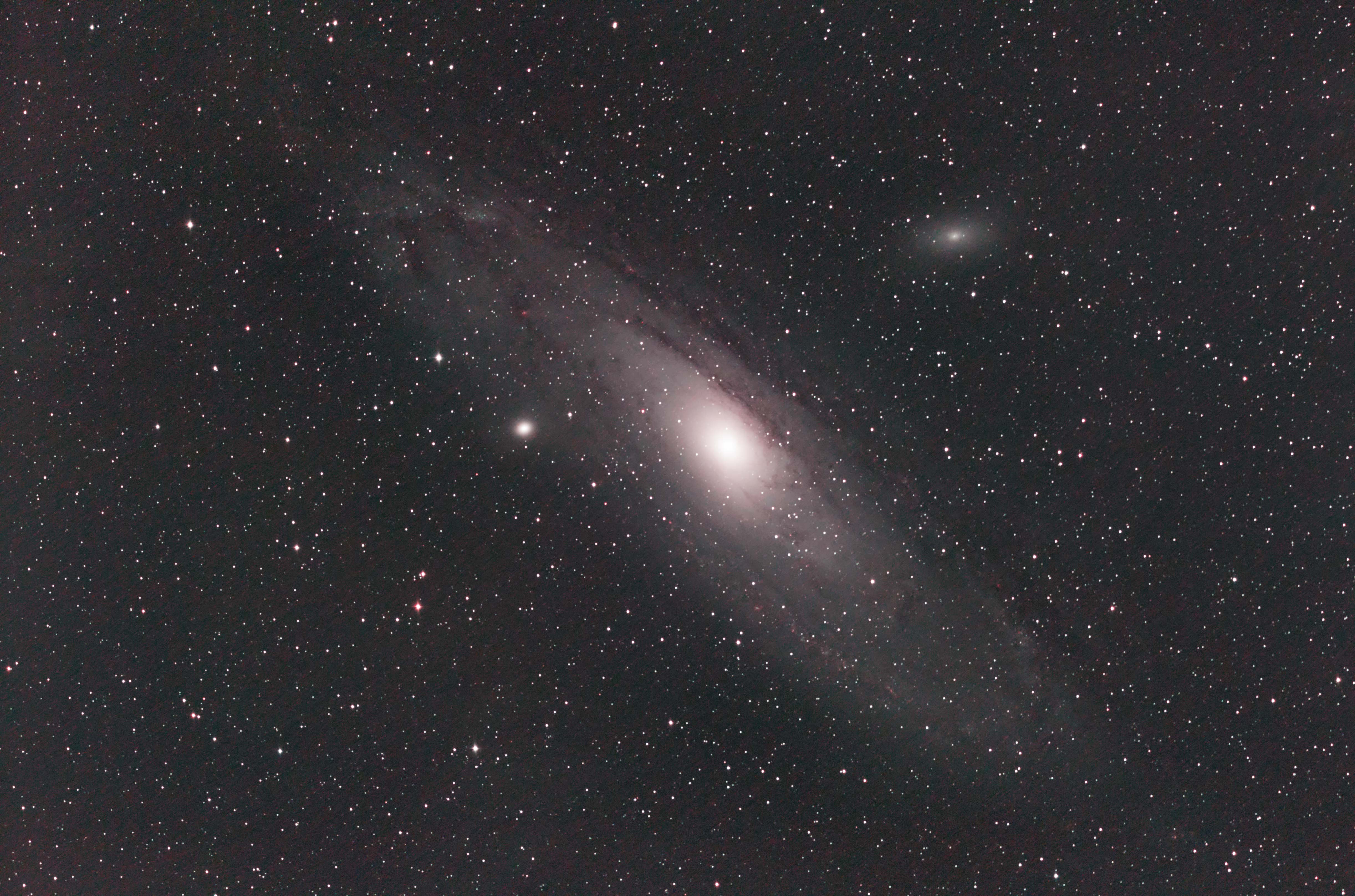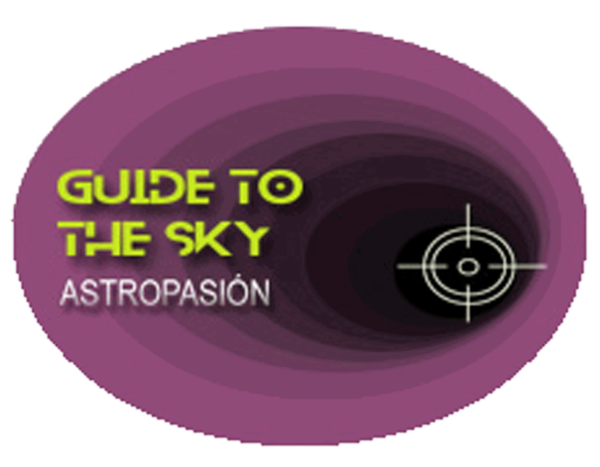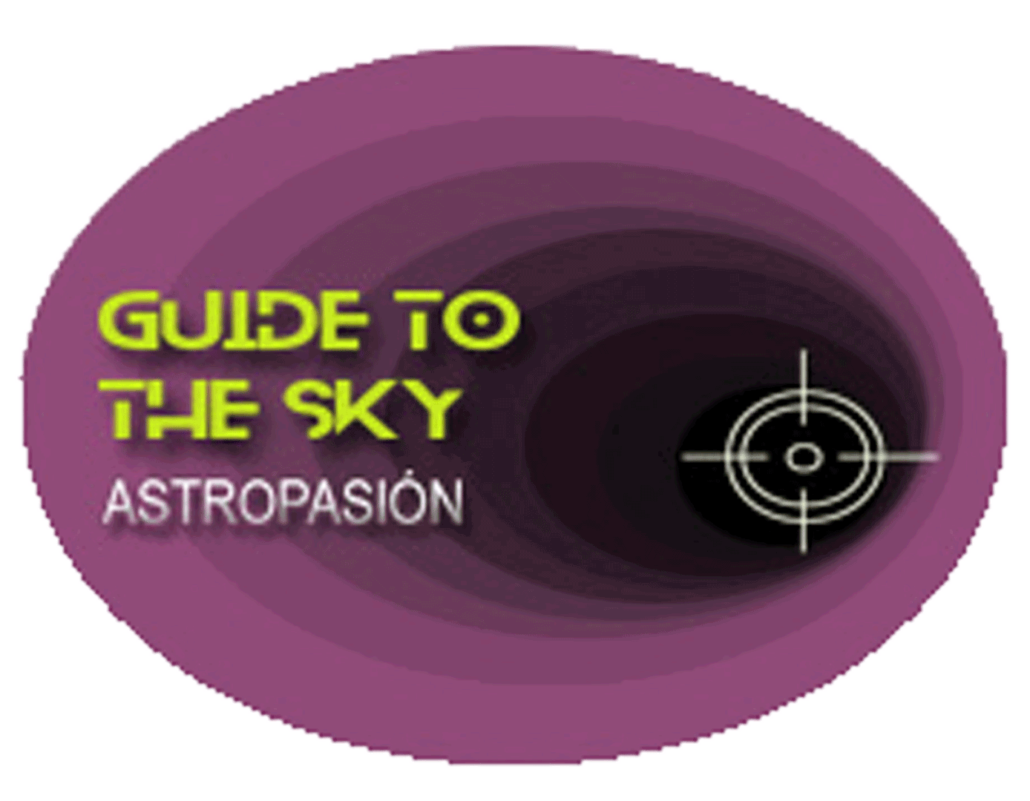Messier 32 - Andromeda

Se nos muestra como una concentrada esfera de luz de la {{ object[0].M32.visualMagnitude}} magnitud. Arrastrada por M31, M32 viaja en rumbo de colisión hacia la la Vía Láctea a más de 200km/s, y brilla desde {{ object[0].M32.mesDistances[0].dist }} {{ object[0].M32.mesDistances[0].unit }}.
M32 es peculiar por poseer un agujero negro supermasivo de al menos 1.5 millones de estrellas, lo que lo hace comparable al de La Vía Láctea.
M32 - - en la IA
Messier 32 (M32), also known as NGC 221, is a dwarf elliptical galaxy located in the constellation Andromeda. Here's a detailed overview:
Key Features and Characteristics:
- Type: Dwarf elliptical galaxy (dE2)
- Location: Constellation Andromeda; part of the Local Group of galaxies
- Distance: Approximately 2.49 million light-years from Earth (relatively close on a galactic scale)
- Size: About 6,700 light-years in diameter
- Magnitude: Apparent magnitude of about 8.1, making it visible through binoculars or a small telescope under dark skies.
- Prominent Feature: It's a satellite galaxy of the much larger Andromeda Galaxy (M31).
Significance and Interesting Facts:
- Discovery: Discovered by Guillaume Le Gentil in 1749. It was included in Charles Messier's catalog in 1764 as object number 32.
- Tidal Interaction: M32 has undergone tidal stripping due to its close proximity and gravitational interaction with the Andromeda Galaxy. This has likely altered its structure and gas content over time.
- Unusual Central Density: It has a remarkably high central star density, which is quite unusual for a dwarf elliptical galaxy. Some theories suggest this central concentration might harbor a supermassive black hole, although definitive evidence is still being gathered.
- Stellar Population: M32 mainly consists of older stars, giving it a yellowish hue. However, studies have also revealed the presence of a younger stellar population in the central region, hinting at past or ongoing star formation activity, potentially triggered by interactions with Andromeda.
- Lack of Dust and Gas: Unlike spiral galaxies, M32 contains very little dust and gas, which is typical for elliptical galaxies.
Observing Messier 32:
- Location: Find Andromeda Galaxy (M31) first, which is easily visible to the naked eye under dark skies. M32 will appear as a small, fuzzy patch of light very close to M31.
- Equipment: Binoculars or a small telescope will allow you to see M32. Larger telescopes will reveal more detail.
- Dark Skies: The darker your observing site, the easier it will be to spot and observe M32. Light pollution can make it difficult to see.
Scientific Interest:
- Galaxy Evolution: Studying M32 provides insights into the processes that shape dwarf elliptical galaxies, particularly the role of tidal interactions and environmental effects.
- Black Hole Research: The possibility of a supermassive black hole at the center of M32 makes it an important object for research in this field.
- Stellar Populations: The presence of both old and younger stars in M32 provides clues about its star formation history.
In summary, Messier 32 is a fascinating dwarf elliptical galaxy with an interesting history and unique characteristics, making it a worthwhile target for amateur astronomers and a subject of ongoing research for professional astronomers.
Más información sobre Messier 32 en NASA/IPAC.
Mapa alrededor de Messier 32
Otros identificadores de M32:
"AP J00424183+4051550" ,"2MASS J00424182+4051547" ,"WISE J004241.80+405154.9" ,"APG 168" ,"Ark 12" ,"IRAS 00399+4035" ,"K79 1B" ,"LEDA 2555" ,"M 32" ,"MCG+07-02-015" ,"NGC 221" ,"UGC 452" ,"Z 535-16" ,"2MASX J00424182+4051546" ,"[FWB89] Galaxy 8" ,"RX J0042.6+4052" ,"Z 0039.9+4036" ,"[CHM2007] LDC 31 J004241.82+4051546","[CHM2007] HDC 29 J004241.82+4051546","[M98c] 003957.7+403529" ,"UZC J004241.8+405154" ,"AG+40 59" ,"BD+40 147" ,"PPM 43225" ,

